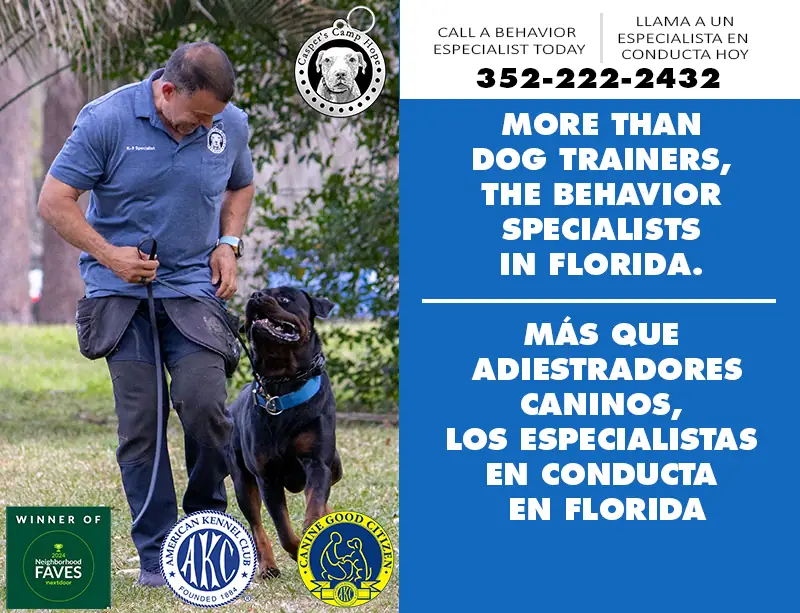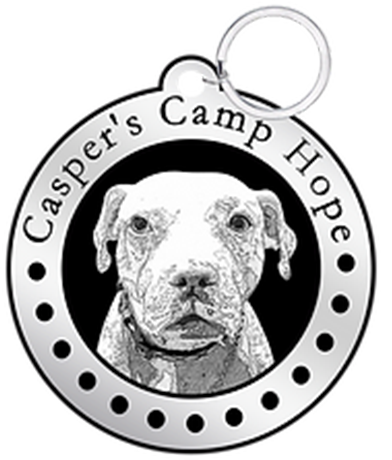At Casper’s Camp Hope – Dog Training and Behavior Specialists, we believe every walk is an opportunity to build a stronger relationship with your dog. A well-behaved dog in public doesn’t happen by accident—it’s the result of consistent structure, clear communication, and a focus on leadership. Here’s how you can transform your daily walks into powerful training sessions that foster trust, respect, and calm behavior.
What Is a Structured Walk?
A structured walk is more than just a stroll around the neighborhood. It’s a focused, purposeful exercise in teamwork, where you lead and your dog follows. The goal is to create a calm, attentive state of mind in your dog, reinforce good habits, and prevent unwanted behaviors—especially in distracting public settings.
Guidelines for a Successful Structured Walk
- Position & Focus
Your dog should walk on your left side with a loose leash, consistently paying attention to you—not the environment. This sets a clear structure and expectation, helping your dog understand that you are in charge. - Clear Communication
Maintain clear, calm communication. Give verbal cues or gentle signals before turning or stopping so your dog can anticipate your next move. This keeps your dog engaged and responsive. - Meeting Strangers
We do not advise allowing your dog to greet strangers during walks. These interactions can distract your dog, cause unnecessary excitement, or trigger nervousness. Each time you allow such encounters, you reinforce pulling or seeking attention from others instead of focusing on you. Instead, teach your dog to ignore passersby and remain attentive. - Meeting Other Dogs
The same principle applies to other dogs. Avoid on-leash greetings, which can encourage pulling, excitement, or reactivity. Reinforce calmness and focus on you, regardless of other dogs’ presence. - Neutrality is Key
Both you and your dog should remain neutral toward all environmental stimuli—people, dogs, noises, or distractions. Your dog’s job during a structured walk is to pay attention to you, follow your lead, and stay relaxed. - Potty Breaks
A structured walk is not the time for sniffing, marking, or potty breaks. Reserve a specific time before or after the walk for your dog to relieve themselves and explore. During the walk, keep your dog focused on you and the task at hand. - Automatic Sit When Stopping
Every time you stop, your dog should sit automatically. Allowing your dog to move around or stand when you stop leads to disconnection and distraction. The automatic sit helps your dog stay engaged, focused, and reinforces calm, controlled behavior. - Teamwork & Leadership
A structured walk is about teamwork. You lead, and your dog follows your instructions. This builds a healthy relationship of leadership and trust. On a structured walk, nothing else matters—you should become the center of your dog’s universe, reinforcing your role as a calm, confident leader. - Calm & Neutral Demeanor
Remember to keep a calm and neutral demeanor throughout the walk. Refrain from unnecessary talking; use a calm, assertive voice and limit your speech to commands or keywords your dog knows. Avoid high-pitched voices, full sentences, or playful, excited affection. Keep it short and calm—your calmness will help your dog remain calm and focused as well.
Why Structured Walks Matter
A structured walk isn’t just about exercise—it’s an essential training and relationship-building opportunity. By consistently applying these guidelines, you help your dog learn to ignore distractions, remain focused on you, and behave politely in any public setting. Leadership, trust, clear communication, and calm energy are the foundation of a successful walk.
Ready for a Better Walk?
If you’re struggling with leash manners, reactivity, or distractions on walks, Casper’s Camp Hope is here to help. Our personalized training programs are designed to address your dog’s unique needs, whether you’re dealing with obedience challenges or severe behavioral issues. We offer free phone consultations and a range of services from board and train camps to family dog training and behavior rehabilitation.
Contact us today at 352-222-2432 or visit caspers camp hope to learn more about how we can help you and your dog thrive—one structured walk at a time.




